- Author Jason Gerald [email protected].
- Public 2023-12-16 10:50.
- Last modified 2025-01-23 12:04.
Applications are one of the most important aspects of using a smartphone. Without the app, your new Android phone will only look a little better than your regular phone. You can find apps that do anything, and the ability to explore the many available apps is a major factor that attracts people to use smartphones. Once you know how to install and manage apps, you can do things beyond what was previously impossible.
Step
Part 1 of 6: Finding and Installing Apps
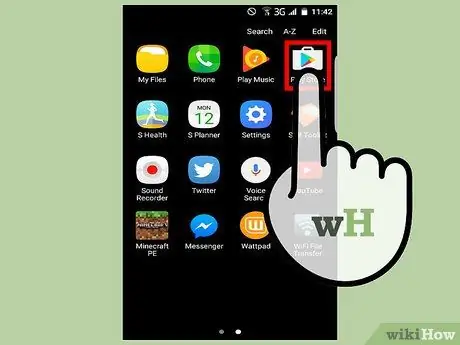
Step 1. Open Play Store or Amazon App Store
Depending on the Android device you are using, you may choose one or both of these applications. These two apps are the main source for getting apps on Android devices.
- To use the Play Store, you must be signed in to your Android device using a Google account. A login request is usually given when the device is first set up, so most people should already be logged in. If you're not signed in yet, open the Settings app, then tap "Add account", then sign in using your Google account.
- The Amazon App Store requires you to have an Amazon account, and you will be prompted to sign in when the Amazon App Store is opened for the first time.
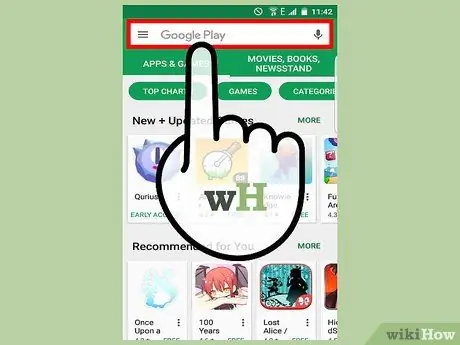
Step 2. Browse the list of available apps, or do a keyword search to find the app you want to download
The Play Store has millions of apps to download, covering every category you could possibly imagine. You can use the search function if you know what you want to find, or you can browse the list of apps by category on the App Store home page.
There are apps that cover quite a lot, but you'll notice that the quality of one app can differ greatly from one another. When you browse through the list of apps, find a small blue icon indicating that the app was made by a trusted developer. However, that doesn't mean that you can't find amazing apps from unknown developers; Gaining new experiences is one of the most enjoyable things
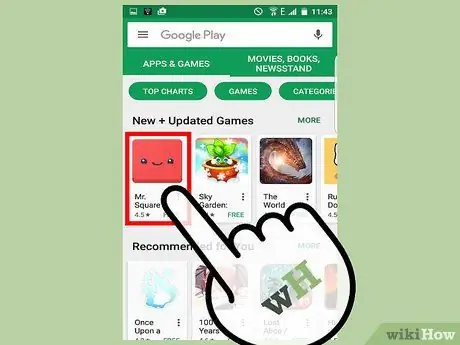
Step 3. Tap on the app to view its detailed information
When you are browsing or doing a search, you can open the app store page by tapping on it. In it, you can see details about the application, screenshots, videos, and also an overview of the application.
Read some of the reviews given by users to see if the app has any serious issues before you install it. Not all reviews will help you, but you can avoid problematic apps by taking a quick look at user reviews. You can also use the star rating as a benchmark for general user ratings regarding the application. The system isn't perfect because companies may pay people to give good reviews and users can leave bad reviews just because they don't like one or two things about an app, but a star rating might still be worth it
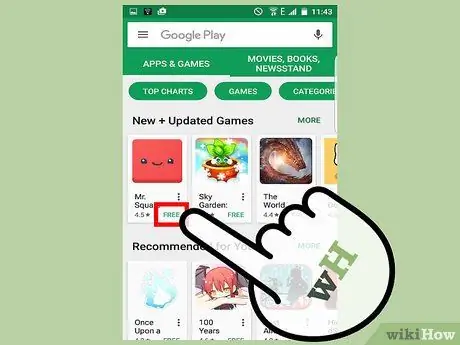
Step 4. Look at the price of the app
The price of the application ranges from free to hundreds of thousands of rupiah, and the price will be displayed on the button located at the top of the Application details page. Often times, there are free versions of certain paid apps. If the app is offered for free, the text on the button is "Install", not the price. Many apps offer additional in-app purchases, so be careful when choosing apps for kids. Apps that implement in-app purchases will have an indication below the listed price.
If you want to get a paid application, the payment method you will use must be ready. Some of the payment methods you can use include credit or debit cards, PayPal accounts, or Google Play gift cards. The payment options available in each region vary. If you have a Google Wallet account set up with a payment method, you can use it as a standard option when making payments
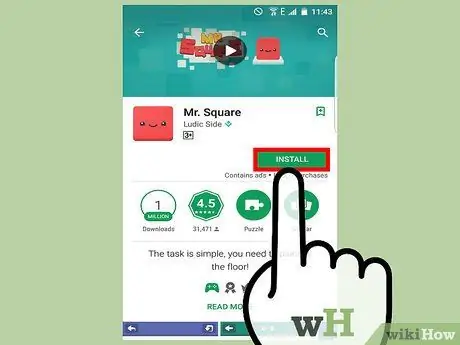
Step 5. Begin the installation process
Tap the price or Install button to start the installation process. Depending on the security settings applied to your device, you may be asked to enter your password before downloading the app.
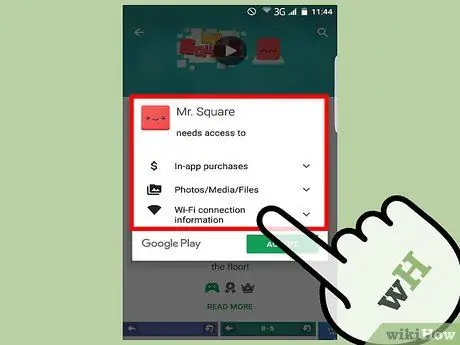
Step 6. Review the required permissions
Reviewing the permissions used is an important part of using the app. The permissions ("Permissions") the app has on your device. Some of the permissions that may be needed include contacts, profile information, location, local files, and various other things. Carefully review each of the requested permissions to ensure that the app is not requesting access to things it doesn't need. For example, there is no reason for a flashlight app to access your identifying information, but it would make more sense for an app like Facebook to request access to your identifying information.
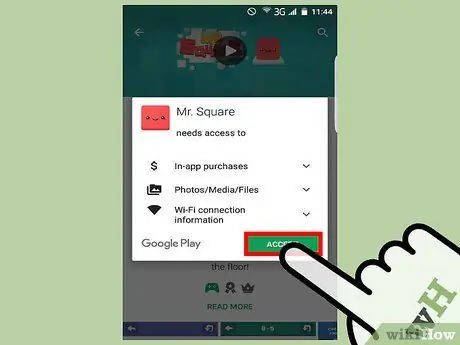
Step 7. Start downloading the app
Once you agree to grant permission, the app will start downloading into the device. It is recommended that you connect your device to a wireless network before downloading large applications such as games, which may consume a lot of your mobile data quota. You can connect the device to a wireless network via the Settings app on the device.
The time it takes to download the application depends on the size of the application and the connection speed used
Part 2 of 6: Launching and Managing Apps
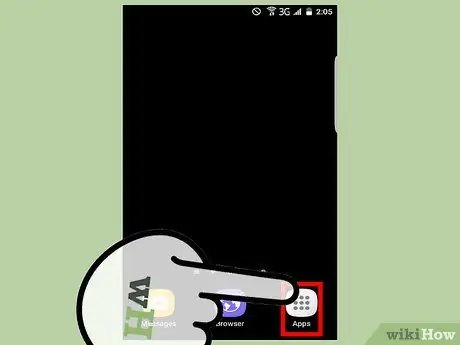
Step 1. Find your new app
All installed applications can be found in the App Drawer. You can open the App Drawer by pressing the grid button at the bottom of the device's home screen. Scroll down to see all installed apps. On most devices, new apps will be added to the home page automatically, but this is different for all devices, and this option can also be disabled.
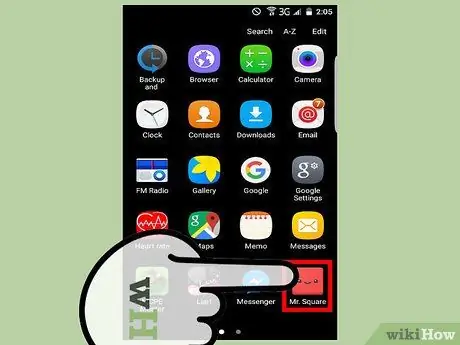
Step 2. Tap on the app to launch it
Every app is different, so it's difficult to provide specific app usage guides. Some apps, such as Snapchat and Twitter, require you to sign in with your account before they can be used. Some other applications allow you to use it without an account usage system. Many apps have a menu that you can access by tapping the button, but this is not universally applicable.
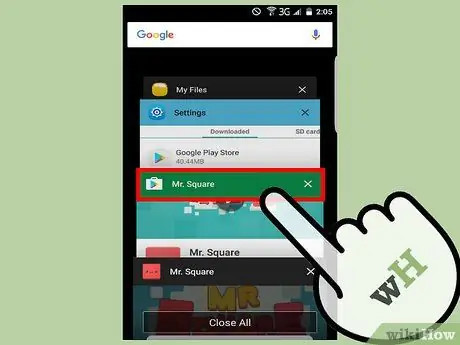
Step 3. Switch from one app to another via Recent Apps button
The Recent Apps button looks like two rectangles, and is usually located in the lower-right corner of the device. The button will open a list of apps that are currently pending behind the scenes, and within that list you can quickly move around.
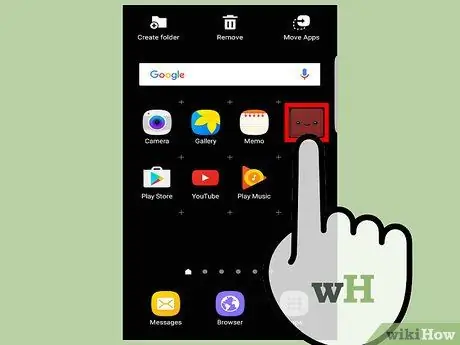
Step 4. Press and hold the app icon to move it around the home screen
By pressing and holding an icon, you can drag it across the home screen and place it in a new position. If you have multiple home screens, hold down the app icon at the edge of the screen for a moment to switch pages. You can press and hold an icon in the App Drawer to create a shortcut on the home screen.
Swipe the icon from the home screen to the top of the screen to remove it. This process will not delete the app; You can still find it in the App Drawer
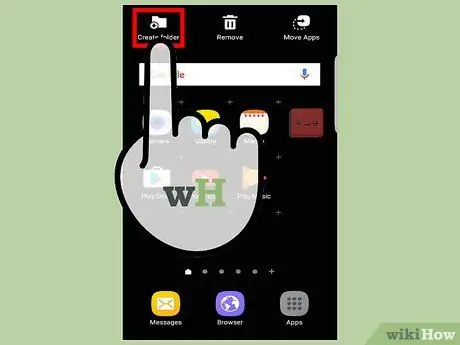
Step 5. Create a directory on the home screen by sliding the app over other apps
Most new versions of Android allow you to create directories on your home screen to help you manage your apps. Not all versions of Android can do this, especially older devices. Swipe an app over another app and a directory will be created. After that, you can continue to add other applications to the directory. By opening a directory and tapping its name, you can change the name of the directory.
Certain factory-made phones allow the creation of directories within the App Drawer, but this is not universally applicable
Part 3 of 6: Using the App
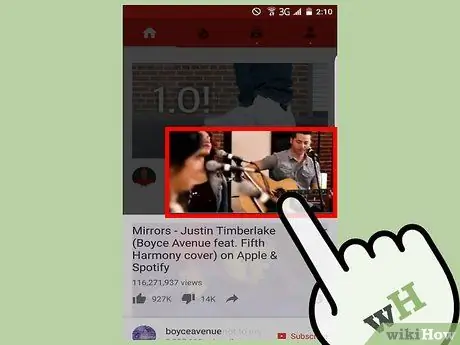
Step 1. Learn some common movements
Some common finger gestures that are useful for performing some similar functions are implemented in many applications. By knowing a few basic gestures, you can get used to a new app in no time.
- There are many applications with menus that can be opened by sliding the screen from the left to the right. Usually, these gestures help you to quickly access the Settings menu and navigate app controls.
- In most applications that display text or images, you can adjust the size of the displayed text or image by sliding two fingers simultaneously on the screen. If you pinch both fingers, the image or text will be reduced, whereas if you move both fingers apart, the image or text will be enlarged.
- If the app uses a "card" interface, where information is displayed in small cards on the screen, you can swipe each card you don't want with one finger. Apps that apply cards are generally made by Google, but there are plenty of other apps that apply a similar style as well.
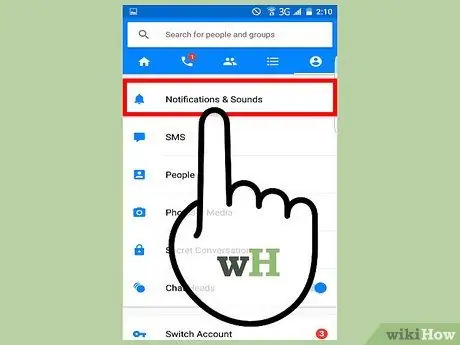
Step 2. Set notifications as per your preference
Most apps will send a notification to your phone, then the notification will be displayed on the Notification bar. There's a chance that all the notifications that are piling up will become cluttered, so it's a good idea to turn off notifications from apps that you don't always need up-to-date information.
- Most apps have Notification settings from within the Settings menu. The location of these settings is different for each application.
- If you can't find the Notification setting in the app's Settings menu, you can disable it from the Settings menu on your Android device. Open the Settings app on the device, then select "Apps" or "Applications". Find the app whose notifications you want to turn off from the list of installed apps. Tap the name of the app to see details, then uncheck "Show notifications".
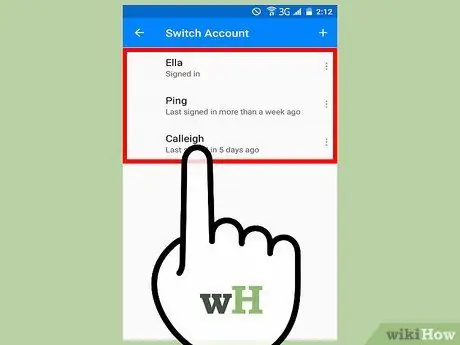
Step 3. Reduce the number of accounts as much as possible
The large number of accounts may overwhelm you, especially if there are many apps that require you to create an account before you can use them. To simplify things for you, try to use Google sign in whenever possible. You can clearly see what information the app has access to, and you can remove the permissions granted whenever you want. The best thing is that you don't have to create and verify for a new account every time you start a new app.
Not all apps support Google sign in

Step 4. Close the app by pressing the home button
When you are done using the app, press the home button to suspend the app and return to the home screen. Apps will not be completely closed, but they will be frozen in the background so as not to consume device system resources. That way, you can return to the suspended app without loading too many resources.
You can completely close the app by pressing the Recent Apps button and swiping the app you want to close outwards
Part 4 of 6: Updating Apps
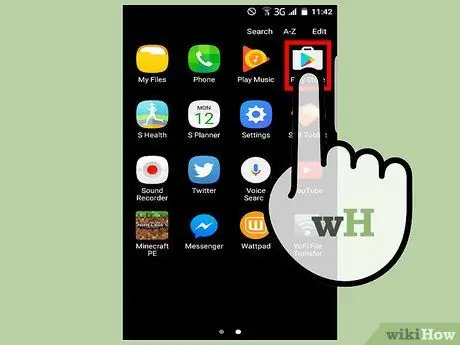
Step 1. Open Play Store
Most apps will update automatically, but you can manually check for available updates on the Play Store. Updates may implement new features and functions into the application, fix errors, or improve the application interface.
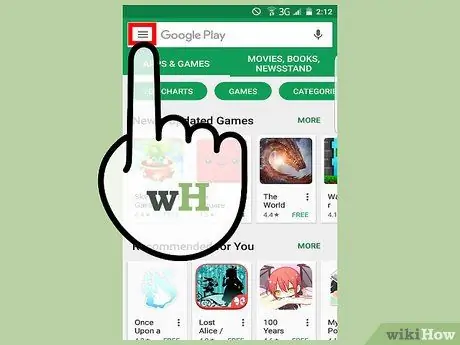
Step 2. Tap the (☰) menu button, then select "My apps"
A list of apps installed through the Google Play Store will be displayed. Apps that can be updated will appear at the top of the list.

Step 3. Find out about the changes made to the updated app
Most apps will display a list of changes applied to the app in the Details page. Use this list to review changes to the app and determine whether or not you need to update the app.
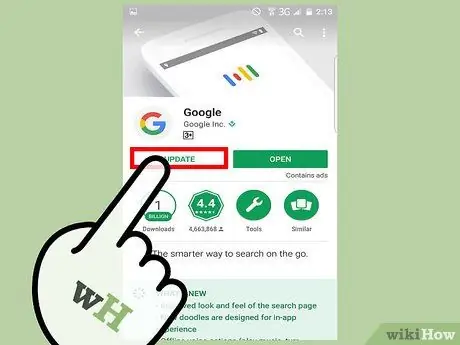
Step 4. Tap the Update button to update a single app, or tap "Update all" to do so for all apps that can be updated
When an application is updated, it is generally re-downloaded in its entirety, so it is highly recommended that you connect your device to a wireless network before updating the application.
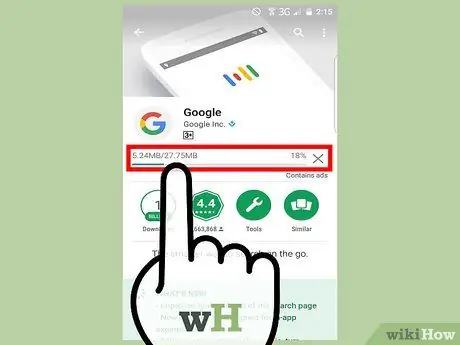
Step 5. Wait for the app to finish downloading
If there are a lot of apps that need updating, it's possible that the update process will take up quite a bit of time. You'll get a notification every time an app finishes updating in the Notification bar.
Part 5 of 6: Clearing App Data and Deleting Apps
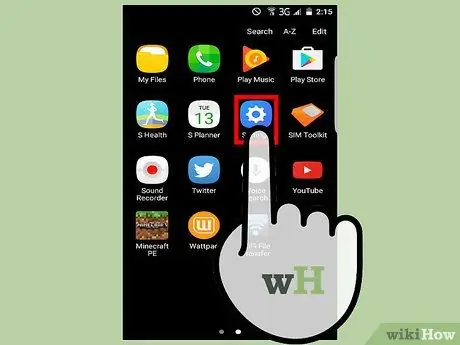
Step 1. Open the Settings app on the device
Apps take up quite a bit of space on the device, and will take up even more if the app is used for a long time. If you download a lot of apps, the storage space on your phone will run out over time. There are several ways you can do to reclaim used space: clearing app data and deleting old apps.
- By deleting app data, all saved data and settings for an app will be deleted, so the app will be returned to its original state, as it was when it was first installed.
- All settings and accounts will be removed from the app, and you will be prompted to log back in if the app requires it.
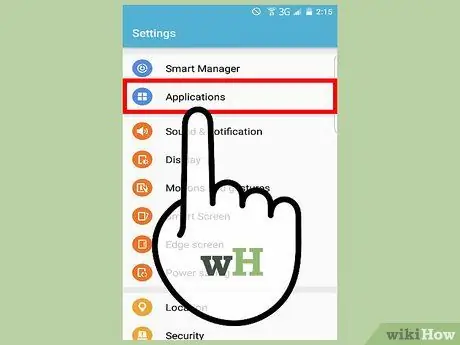
Step 2. Tap on "Apps" or "Applications" option
A list of installed applications will be displayed. If you want to see which apps are taking up the most storage space, tap the button, then select "Sort by size".
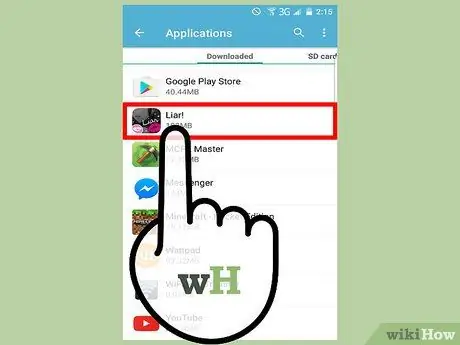
Step 3. Tap on the app whose data you want to clear
The "App info" screen will be displayed. Within that screen, you can see how much space you can reclaim, by looking at the "Data" entry.

Step 4. Tap "Clear data" to clear app data
You will be asked to provide confirmation before you can proceed.
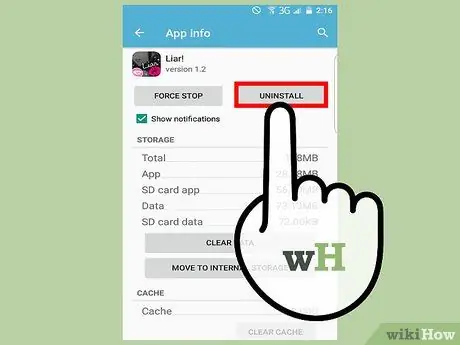
Step 5. Delete unused apps
You can get a lot of storage space on your device by deleting apps that you no longer use. If you buy a specific app, you can always re-download it from the Play Store. You can't uninstall certain apps that are pre-installed on the device from scratch.
- Find the app you want to remove from the Apps list.
- Tap the app to open the "App info" page, then tap the "Uninstall" button. If the Uninstall button is grayed out, the app cannot be uninstalled.
- Confirm that you want to completely remove the app. That way, the app and all its data will be deleted from your device.
Part 6 of 6: Getting Important Apps
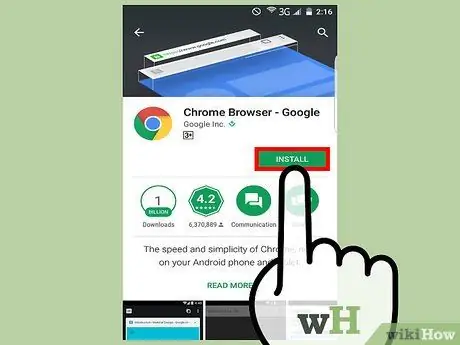
Step 1. Get a good browser
Android's main Browser or Internet app is pretty good, but there are other better options available on the Play Store. If you use Chrome or Firefox on a desktop or laptop, it is recommended that you use the same browser version of Android as well, as the saved settings and addresses can be synced from one device to another. Dolphin is also a very popular Android browser.
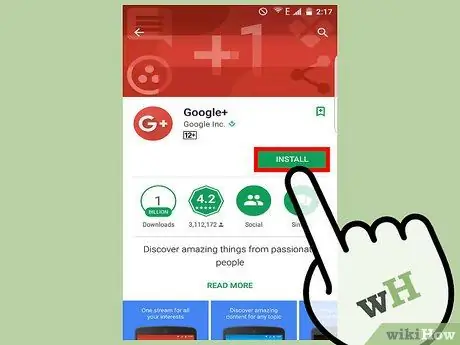
Step 2. Connect the device with your social network
Every social network has an app that can be downloaded through the Play Store. Apps like Facebook, Twitter, and Google+ it may be pre-installed, but you can download it from the Play Store if the apps aren't already installed on your device. There are tons of other social networking apps too, for example Instagram, LinkedIn, Yelp, and much more.
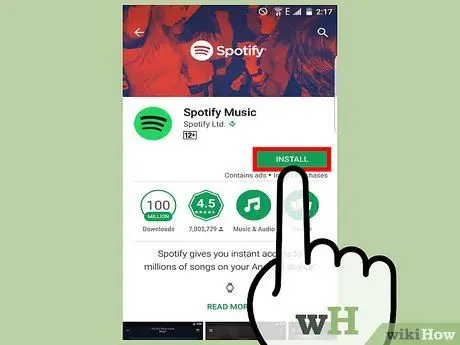
Step 3. Listen to music with popular apps
Google has its own music service app, namely the Play Music. You can install Pandora, Spotify, TuneIn, or any other music player app to get a free collection of songs for your Android device.
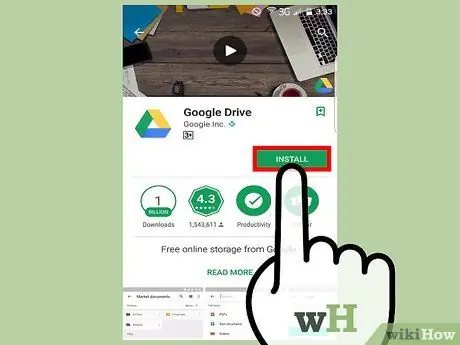
Step 4. Expand your storage space and productivity using cloud storage
Most Android devices have limited storage space, but you can expand the storage space using a cloud storage service. Google Drive may be installed directly on the device, and all Google accounts have 15 GB of free storage space. Dropbox is also another popular cloud storage service, and Dropbox offers 2 GB of storage space for free.

Step 5. Keep notes and lists with productivity support apps
You always carry your Android device with you, so make the most of your device by keeping notes and things to do with productivity support apps. Some of the popular productivity support apps are Google Keep, any.do, and Wunderlist. If you frequently store information from websites, Evernote can simplify the process of storing information and records.

Step 6. Find the messaging app used by your friends and family
When you are using an Android device, you are not limited to just making calls and sending SMS messages. There are various messaging apps that allow you to communicate with other users for free. Some of the popular messaging apps are WhatsApp, Hangouts, Viber, Skype, Handcent, and much more.

Step 7. Watch your favorite shows and movies with an online video player (streaming) application
If you have an account Netflix or Hulu+, you can download the application to your device and play all the content that can be played through your computer. HBO customers can use the app HBO GO to view the full contents of the HBO library. YouTube installed directly on most Android devices, but you can download it from the Play Store if your device doesn't already have the app installed.






